.webp)
Crayola
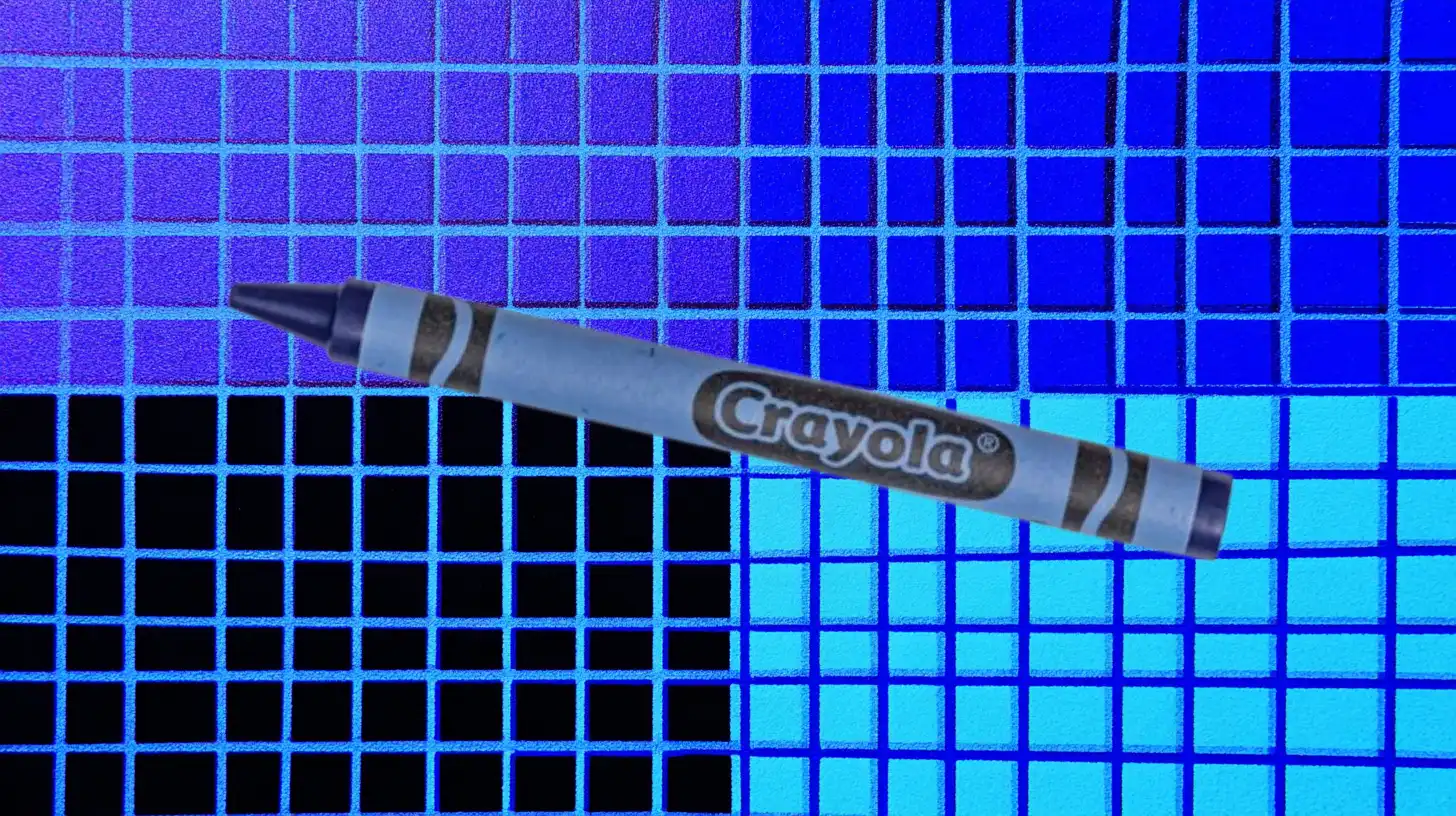
Discontinued: 1958
Named after the deep blue uniforms of Prussian soldiers, this rich color fell victim to Cold War-era concerns. Teachers worried kids couldn’t relate to Prussian history anymore, so Crayola gave it a dreamy new identity: Midnight Blue.

Discontinued: 1962
One of the original 1903 colors, “Flesh,” seemed innocent enough until the civil rights movement made skin color irrelevant. Crayola realized not everyone’s skin looks the same and gracefully renamed it “Peach”.
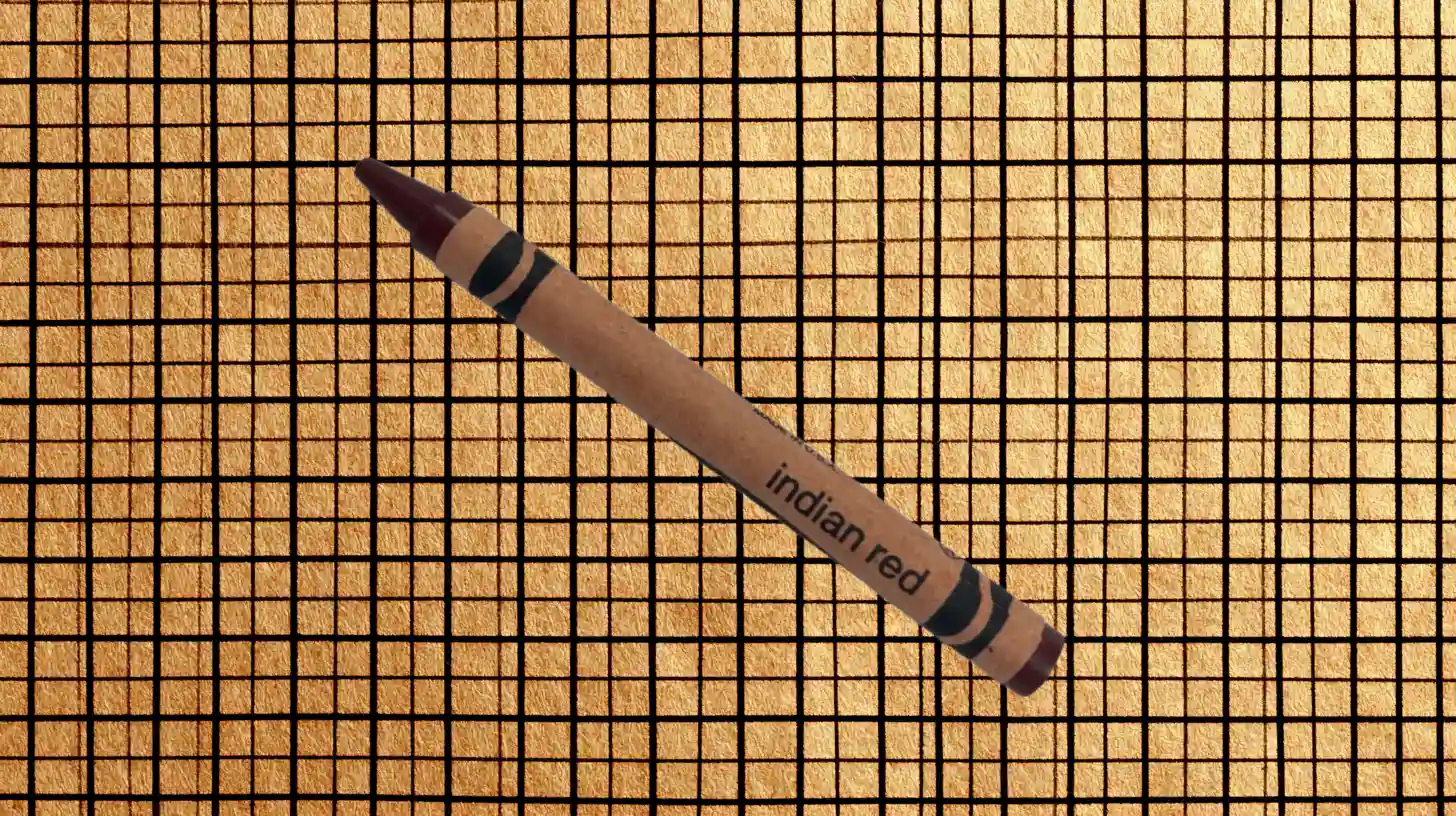
Discontinued: 1999
Teachers complained kids thought this reddish-brown crayon represented Native American skin color, when it actually came from iron oxide pigments found in India. After 250,000+ name suggestions, “Chestnut” won.
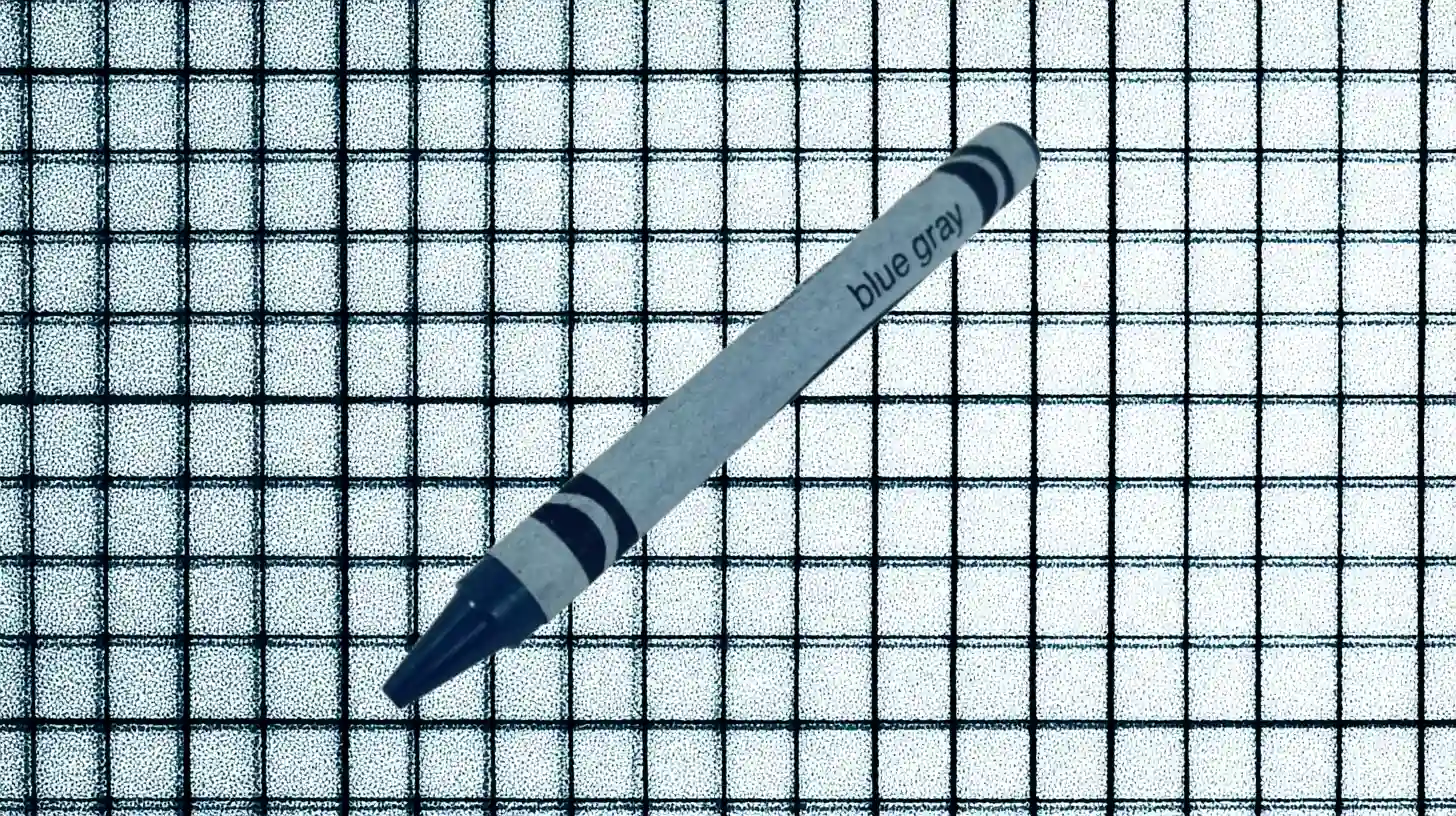
Discontinued: 1990
Part of the “old fogies” retirement class of 1990, this muted grayish-blue was deemed too dull for modern kids. Crayola wanted bolder, more vibrant colors that would spark imagination. Blue Gray just couldn’t compete with the flashy newcomers.
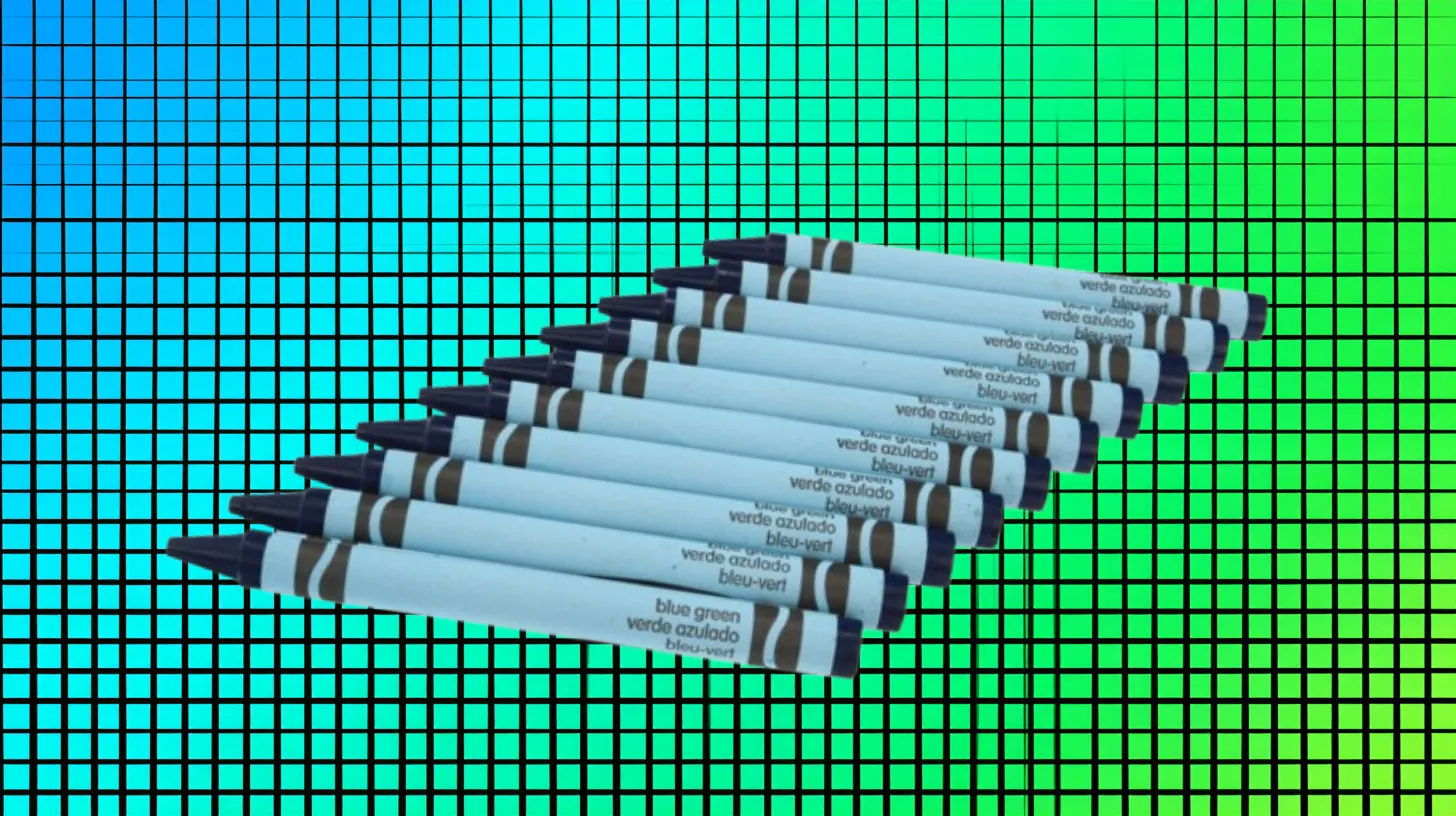
Discontinued: 1990
This intermediate hue bridged green and blue on Crayola’s 18-color wheel system. When the company simplified to 14 colors in 1990, Green Blue became a casualty of progress. This color was discontinued by colors with more “pizzazz” that could boost your Scrabble score.
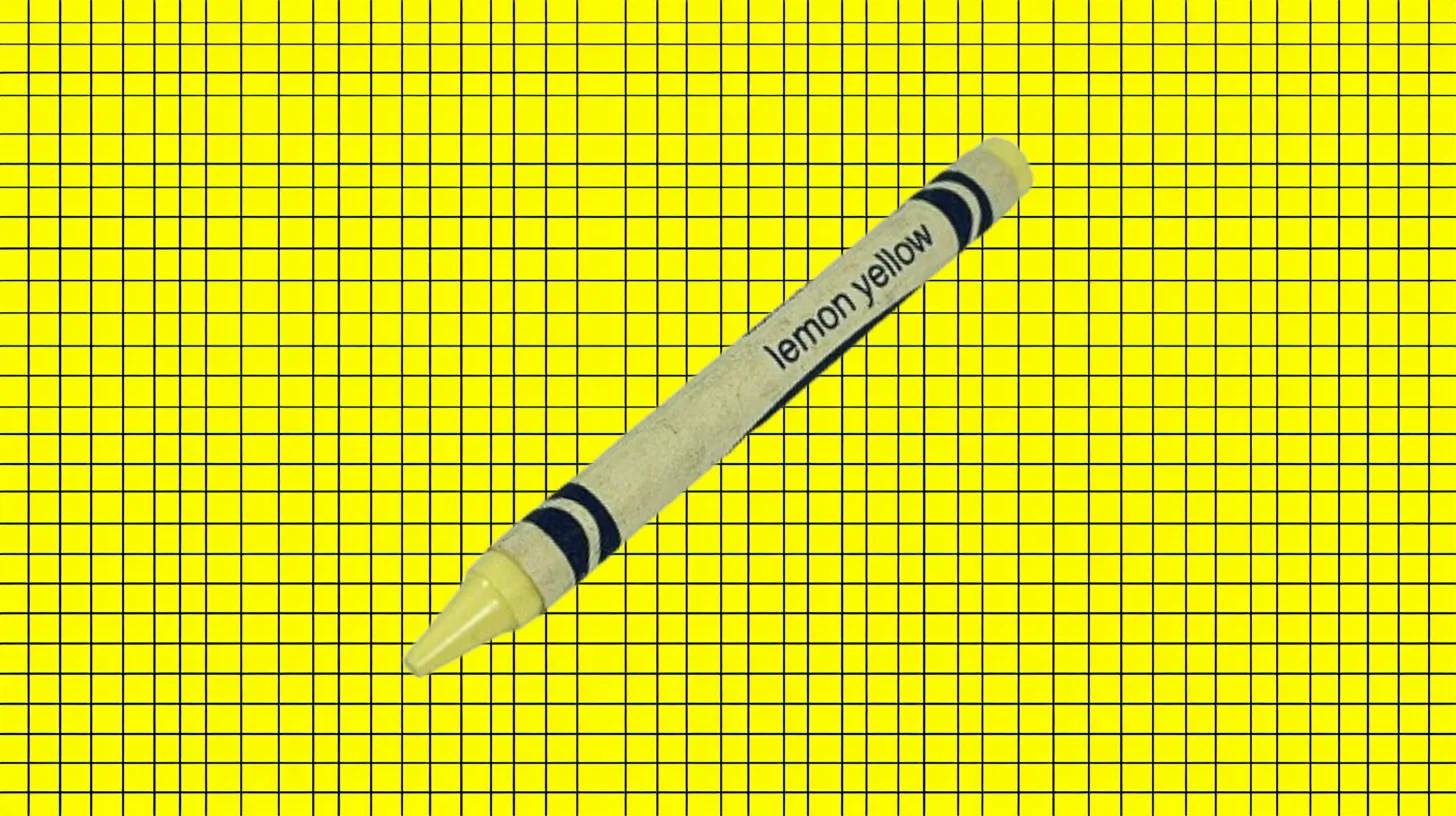
Discontinued: 1990
Originally called “Light Yellow,” this bright, cheerful shade lasted 87 years. Beloved by many, we still don’t know why Crayola retired it.
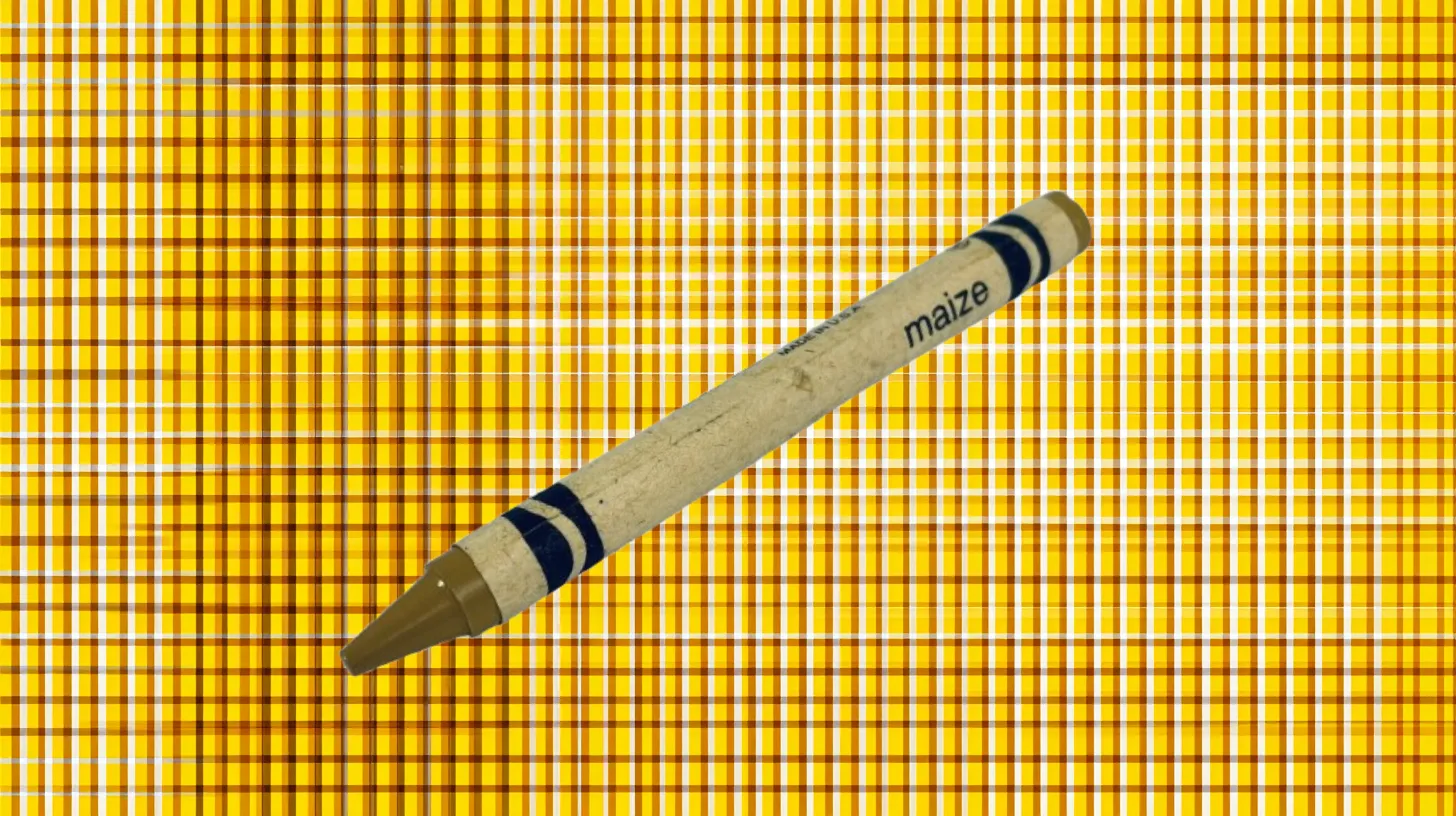
Discontinued: 1990
Starting life as “Golden Ochre,” then “Gold Ochre,” this corn-yellow color went through multiple name changes before its 1990 retirement. After 87 years of faithful service, Maize became another victim of Crayola’s quest for more exciting, vivid colors.
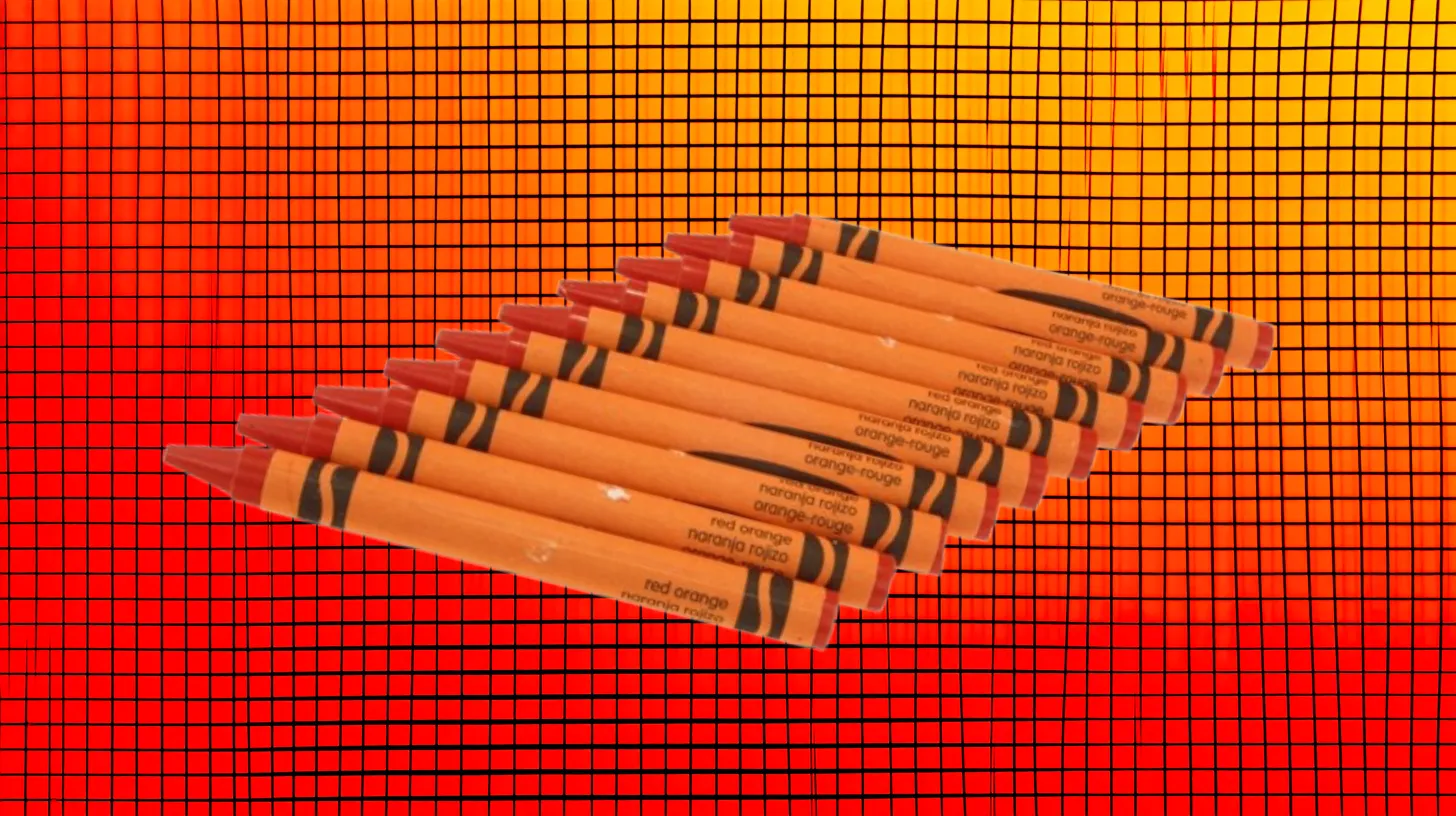
Discontinued: 1990
This vibrant red-orange leaned more toward red than orange, serving as part of the sophisticated 18-color wheel system. But sophistication wasn’t what kids wanted in 1990. They wanted bold, modern colors that matched their changing world.

Discontinued: 1990
A warm yellow with orange undertones, this color represented the old guard of systematic color organization. The color was replaced by more vibrant options like “Vivid Tangerine.”
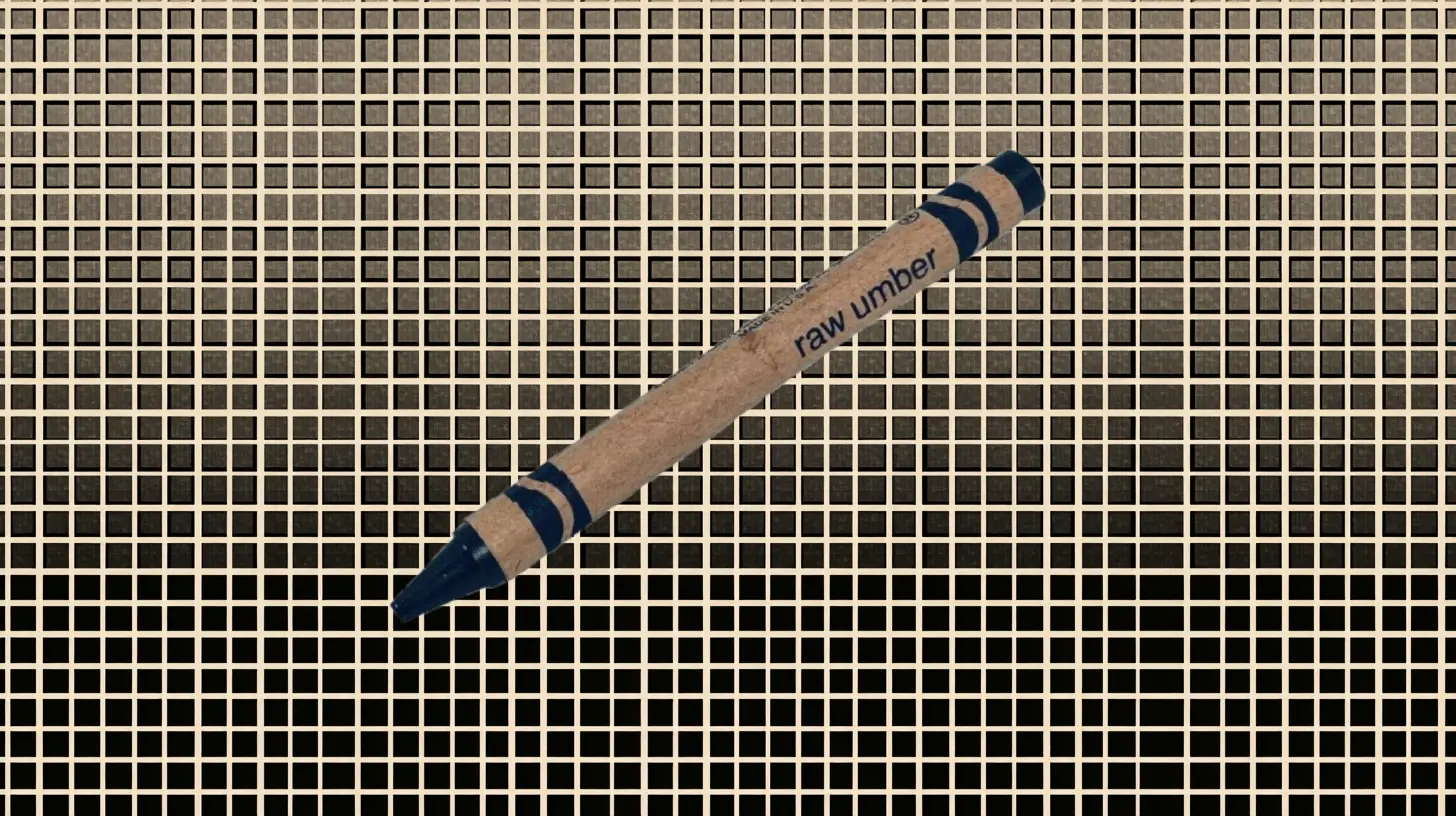
Discontinued: 1990
One of the longest-serving colors at 87 years, this earthy brown came from natural clay earth pigments—a name still used by traditional artists today. Even with its impressive longevity, Raw Umber couldn’t escape the 1990 “boring color” purge.
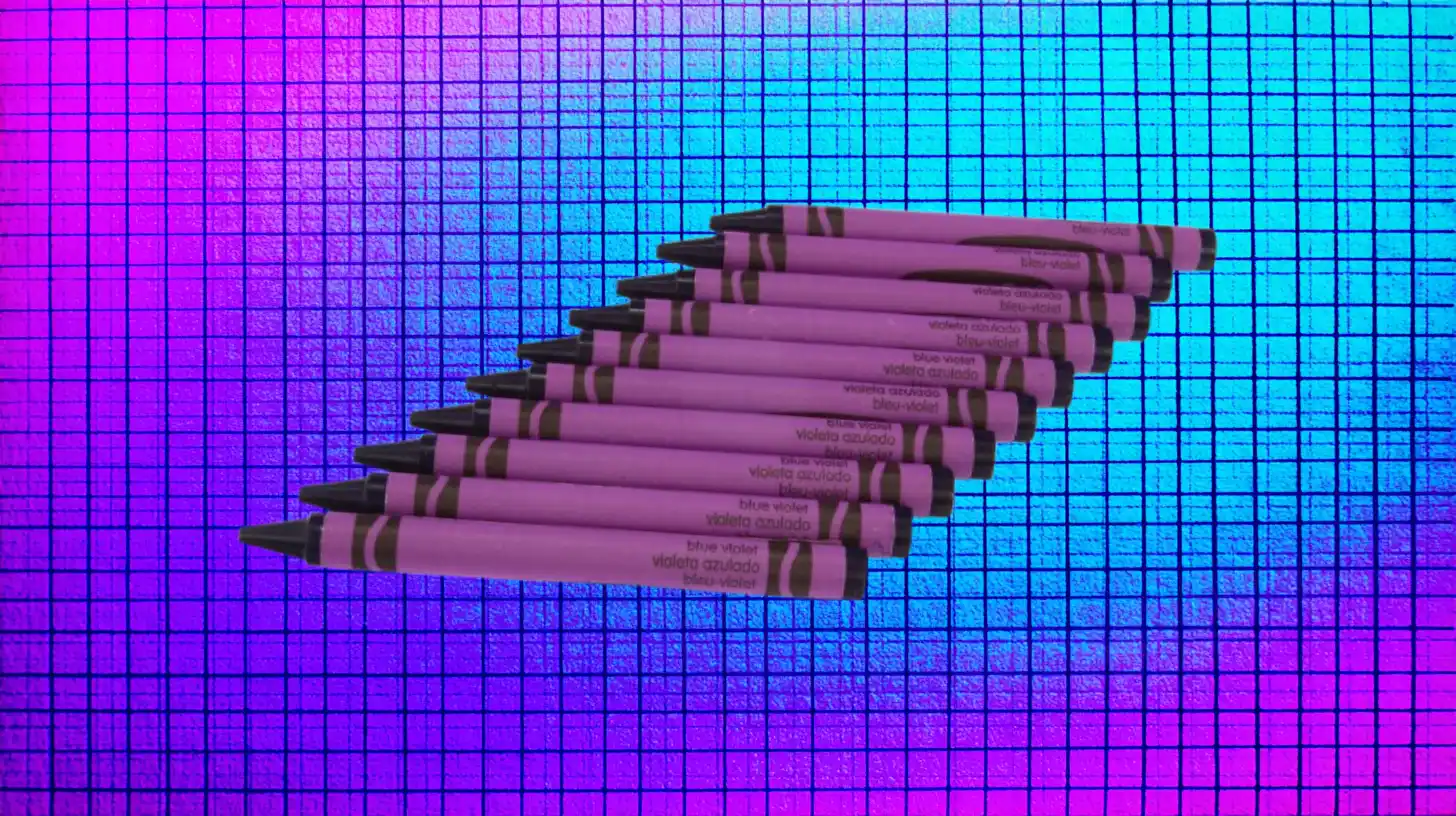
Discontinued: 1990
Evolved from “Blue-Violet” (1930-1958), this purple-blue bridged violet and blue perfectly. Part of the systematic color wheel that got simplified when Crayola decided kids needed colors that were bolder, brighter, and more exciting than ever before.
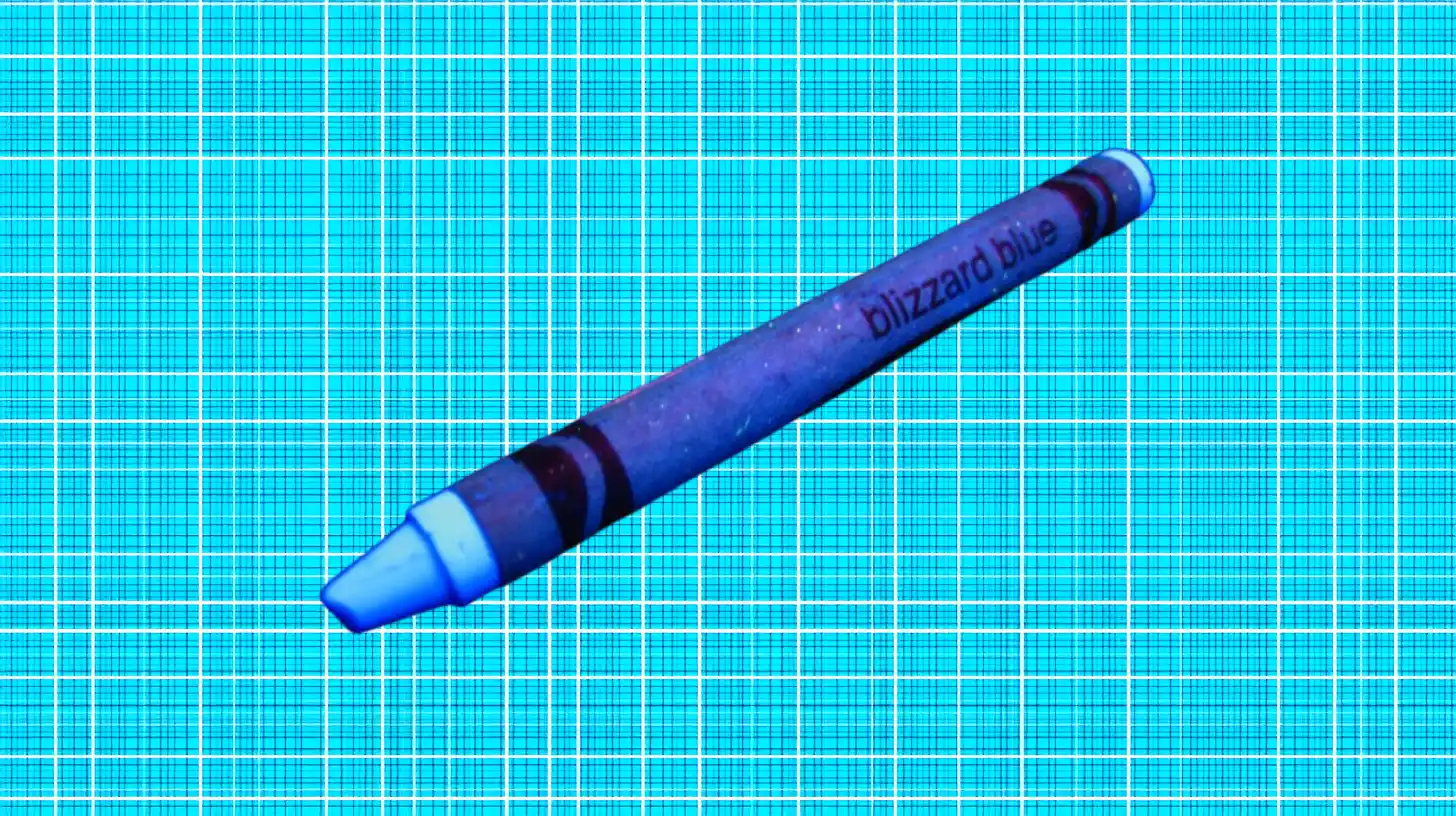
Discontinued: 2003
Originally part of the first fluorescent collection designed to glow under black light, this bright, cool blue was renamed from “Ultra Blue.” After 31 years of glowing service, it made way for fan-favorite contest winners during Crayola’s centennial celebration.

Discontinued: 2003
This fresh, pale green had one of the shortest lifespans at Crayola at just 13 years. Introduced as part of the fluorescent family, Magic Mint’s retirement made room for exciting new colors like “Mango Tango” and “Jazzberry Jam.” Magic isn’t always permanent, folks.
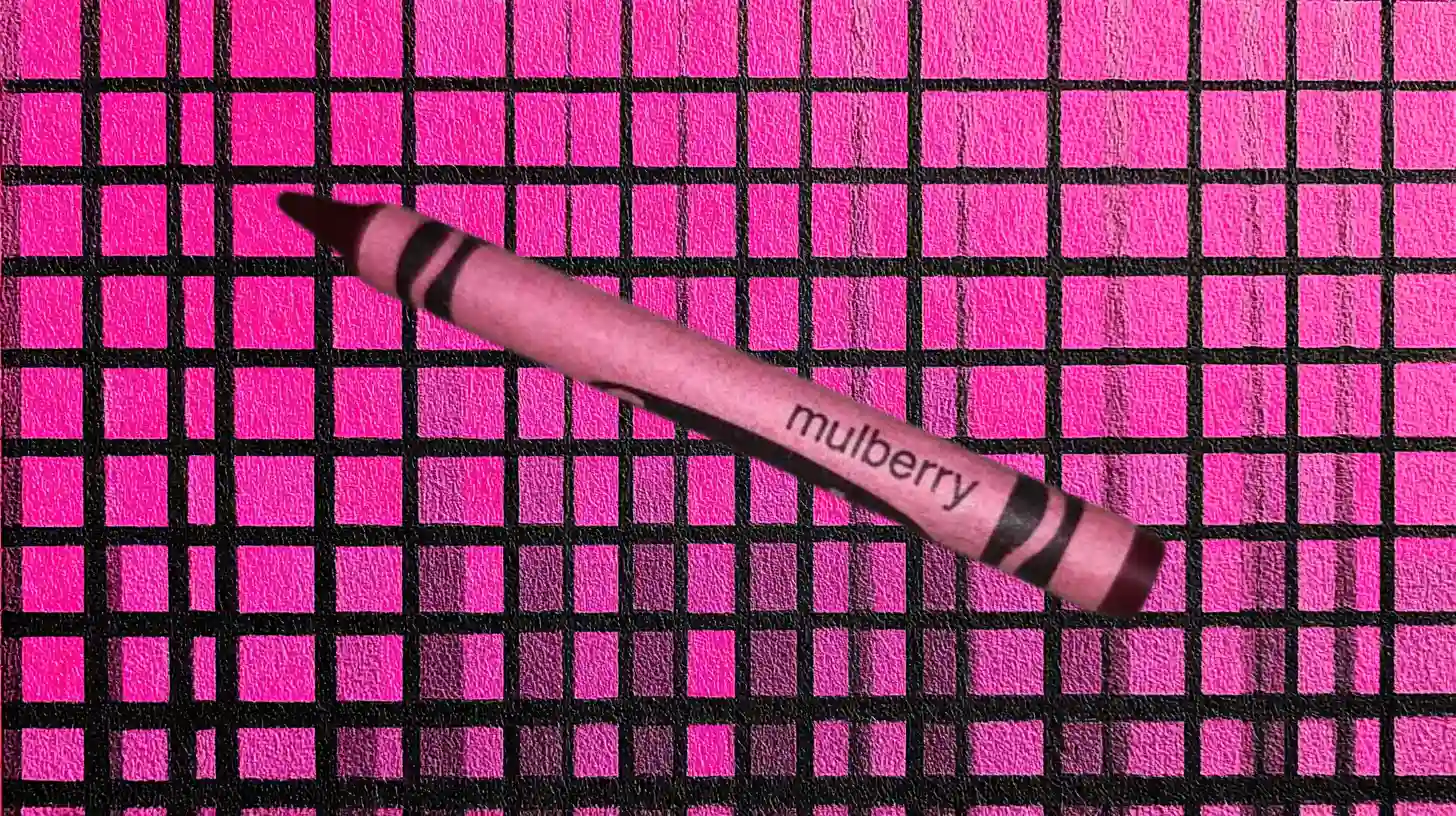
Discontinued: 2003
Named after the dark berry, this deep purple-red lasted a respectable 45 years before retirement. During Crayola’s 100th anniversary celebration, Mulberry gracefully stepped aside for contest-winning colors chosen by fans worldwide.
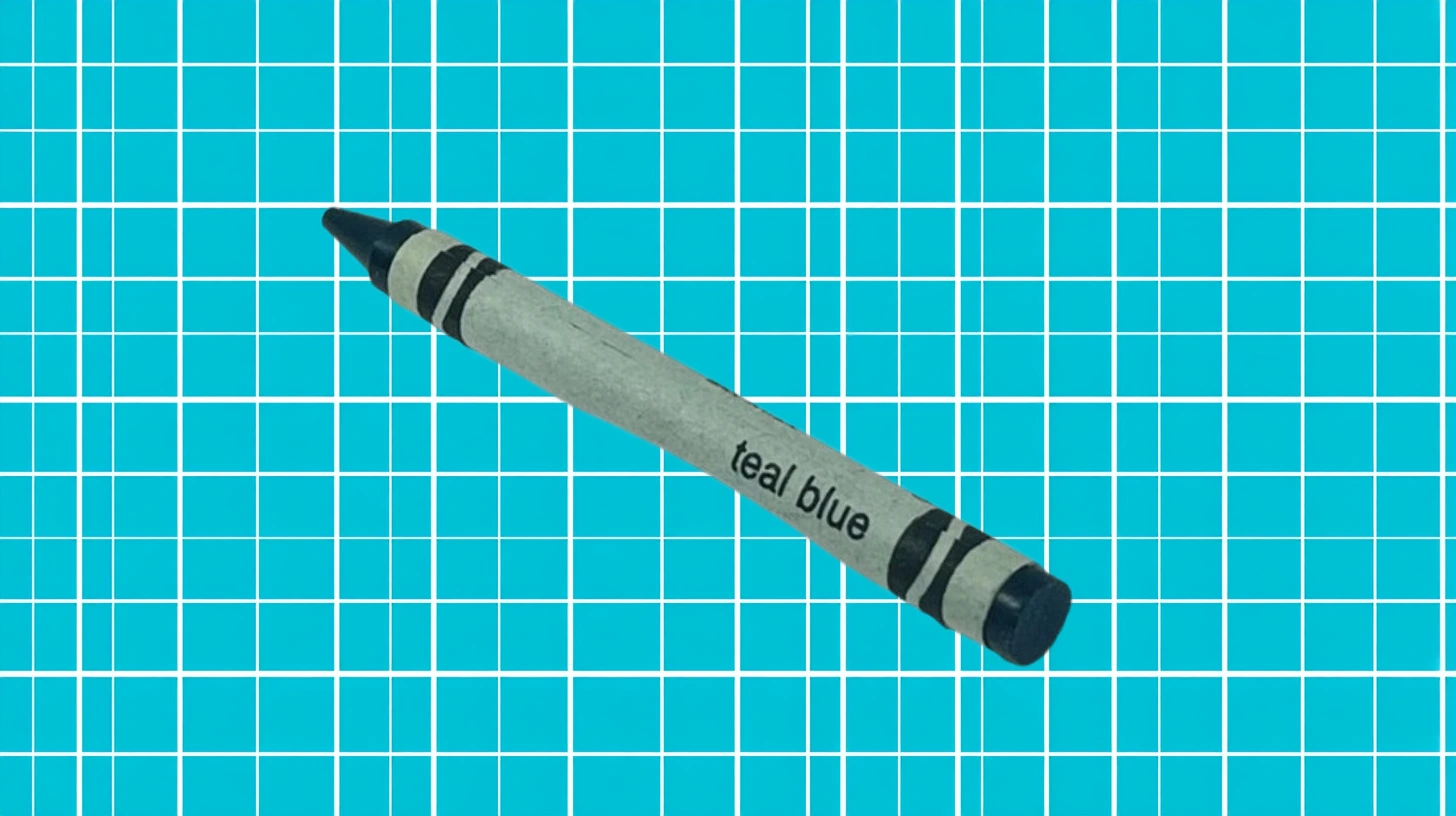
Discontinued: 2003
Named after teal duck head feathers, this blue-green color only lasted for more than a decade. Despite a “Save the Shade” campaign where fans voted to rescue colors, Burnt Sienna won the popularity contest, leaving Teal Blue in the dust.
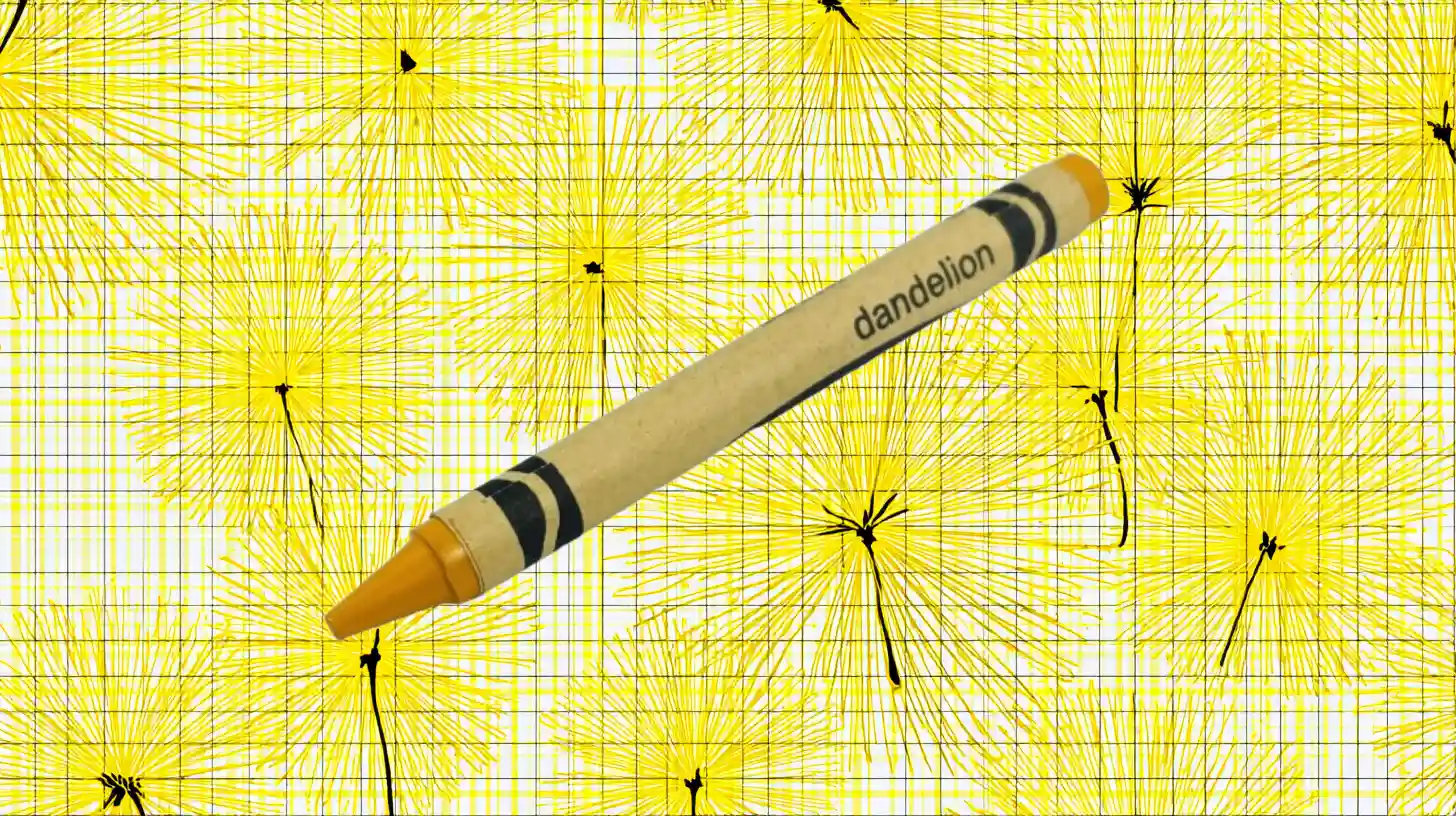
Discontinued: 2017
The most celebrated retirement in Crayola history. On National Crayon Day 2017, Dandelion got a farewell tour to his favorite places before gracefully retiring for “Bluetiful” — the first new blue discovered in 200 years.